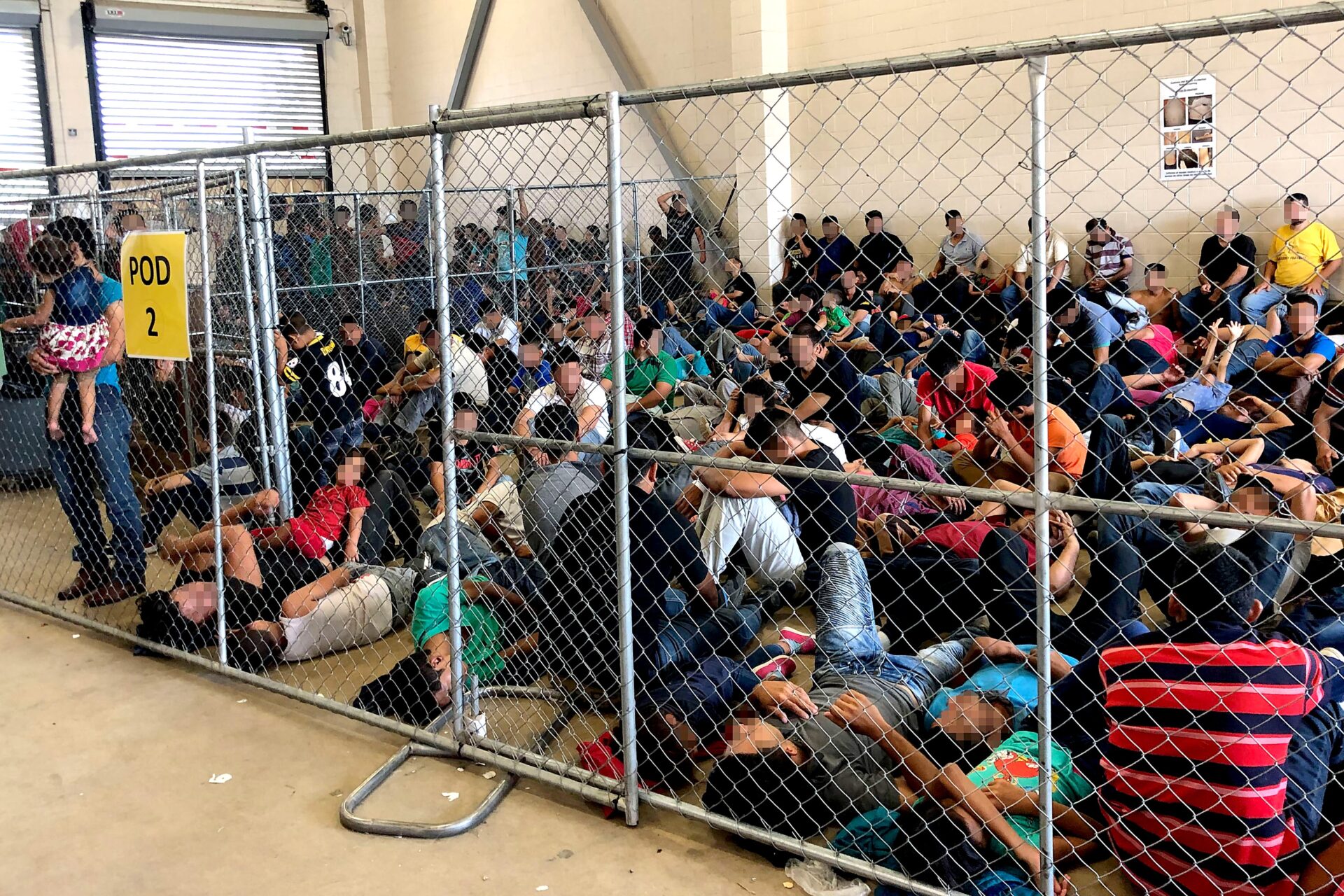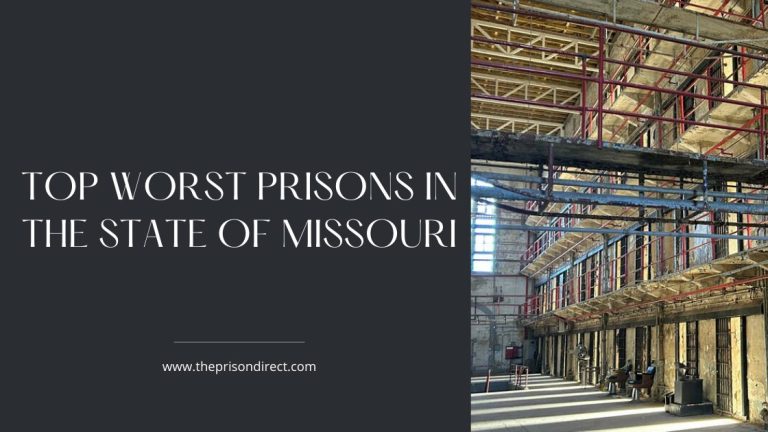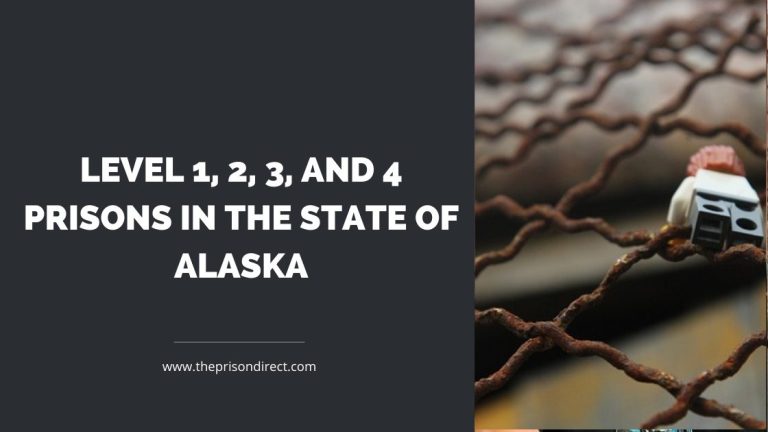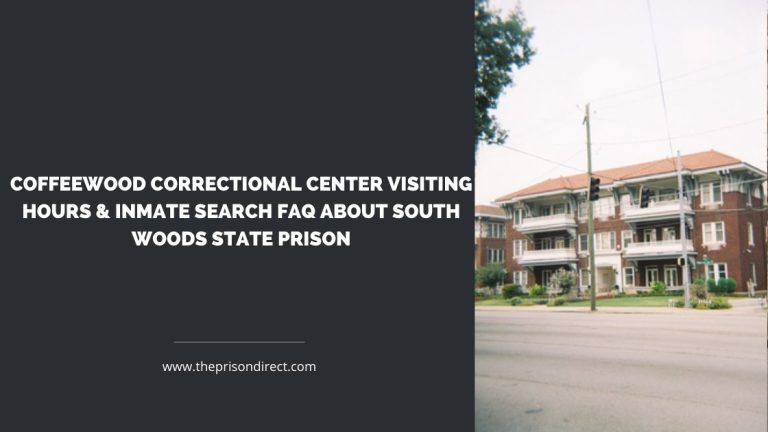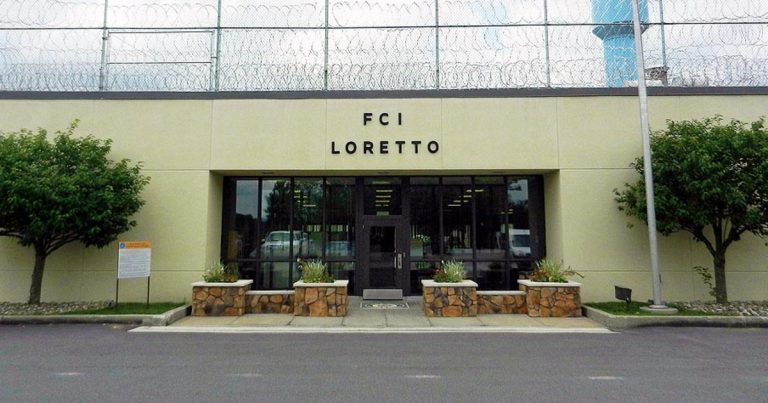Ice Detention Centers and Immigration Prisons: Unraveling the Statistics
The landscape of immigration enforcement in the United States is dotted with ICE detention centers and immigration prisons, sparking debates on the treatment of those detained and their impact on the broader prison population. As we delve into the statistics, it becomes crucial to understand the percentage of U.S. prisoners who are illegal immigrants, shedding light on the complex intersection of immigration and incarceration.
Its better to Understand the Work Permit requirements and Consult a Immigration consultant so that it shall be ease after wards.
Understanding ICE Detention Centers
ICE detention centers, operated by the U.S. Immigration and Customs Enforcement, serve as temporary holding facilities for individuals awaiting immigration proceedings. The conditions within these centers have been a subject of controversy, raising questions about human rights and due process.
Overview of Immigration Prisons
Distinguishing immigration prisons from ICE detention centers is essential. While the former houses individuals serving sentences for immigration-related offenses, the latter detains those awaiting legal proceedings. The reasons for the existence of immigration prisons are multifaceted, ranging from criminal offenses to violations of immigration laws.
Legal Framework for Detaining Immigrants
The legal basis for detaining illegal immigrants is a complex web of immigration laws and policies. Examining the controversies surrounding these laws provides insight into the challenges faced by those caught in the immigration enforcement net.
Statistics on U.S. Prison Population
A broader look at the U.S. prison population is necessary to understand the scale of immigration-related imprisonment. By breaking down prisoners by citizenship status, we can assess what percentage comprises illegal immigrants.
Factors Contributing to Immigration-Related Imprisonment
Beyond statistics, understanding why illegal immigrants end up in U.S. prisons requires examining socio-economic factors, legal complexities, and the broader context of immigration policies.
Challenges and Criticisms
Critiques of the current immigration detention system center on issues of transparency, conditions within detention centers, and the impact on individuals’ rights. Addressing these concerns is crucial for a comprehensive evaluation.
Impact of Immigration Detention Policies
The consequences of immigration detention policies extend beyond the individuals detained. Examining the economic and social implications on communities provides a holistic view of the issue.
Public Opinion and Debates
Public perception and political debates surrounding immigration-related imprisonment play a significant role in shaping policies. Exploring the diverse opinions on this matter provides context to the broader discussion.
Reform Initiatives
Efforts to reform immigration detention policies are underway, with advocacy groups pushing for changes. Understanding these initiatives is crucial for assessing the potential evolution of the system.
International Comparisons
Comparing U.S. immigration detention practices with those of other countries offers valuable insights. Learning from global approaches can inform discussions on potential improvements.
Case Studies
Highlighting specific cases of illegal immigrants in U.S. prisons provides a human perspective. Exploring the impact on families and communities adds depth to the statistical analysis.
The Human Perspective
Beyond numbers and policies, the human stories of those detained in ICE facilities humanize the issue. Personal experiences shed light on the emotional toll and challenges faced by individuals caught in the system.
Future Trends
Predicting the future of immigration detention policies involves considering ongoing changes, potential reforms, and emerging challenges. Anticipating trends helps in preparing for the evolving landscape.
Conclusion
In conclusion, understanding the percentage of U.S. prisoners who are illegal immigrants is essential for informed discussions on immigration and incarceration. The interplay of legal frameworks, societal factors, and human experiences paints a complex picture that goes beyond statistics.
FAQs (Frequently Asked Questions)
- What is the difference between ICE detention centers and immigration prisons?
- ICE detention centers are temporary holding facilities for individuals awaiting immigration proceedings, while immigration prisons house those serving sentences for immigration-related offenses.
- How are illegal immigrants detained in the U.S. processed?
- The processing of illegal immigrants in the U.S. involves legal procedures, detention in ICE facilities, and potential transfer to immigration prisons based on legal outcomes.
- What challenges do individuals face within ICE detention centers?
- Challenges within ICE detention centers include concerns about human rights, conditions of confinement, and the impact on the mental well-being of detainees.
- Are there efforts to reform immigration detention policies?
- Yes, there are ongoing efforts by advocacy groups and policymakers to reform immigration detention policies, aiming to address concerns about transparency, conditions, and overall fairness.
- How do U.S. immigration detention practices compare to those of other countries?
- Comparative analysis with other countries’ practices reveals variations in approaches to immigration detention, providing valuable insights into potential improvements and best practices.

